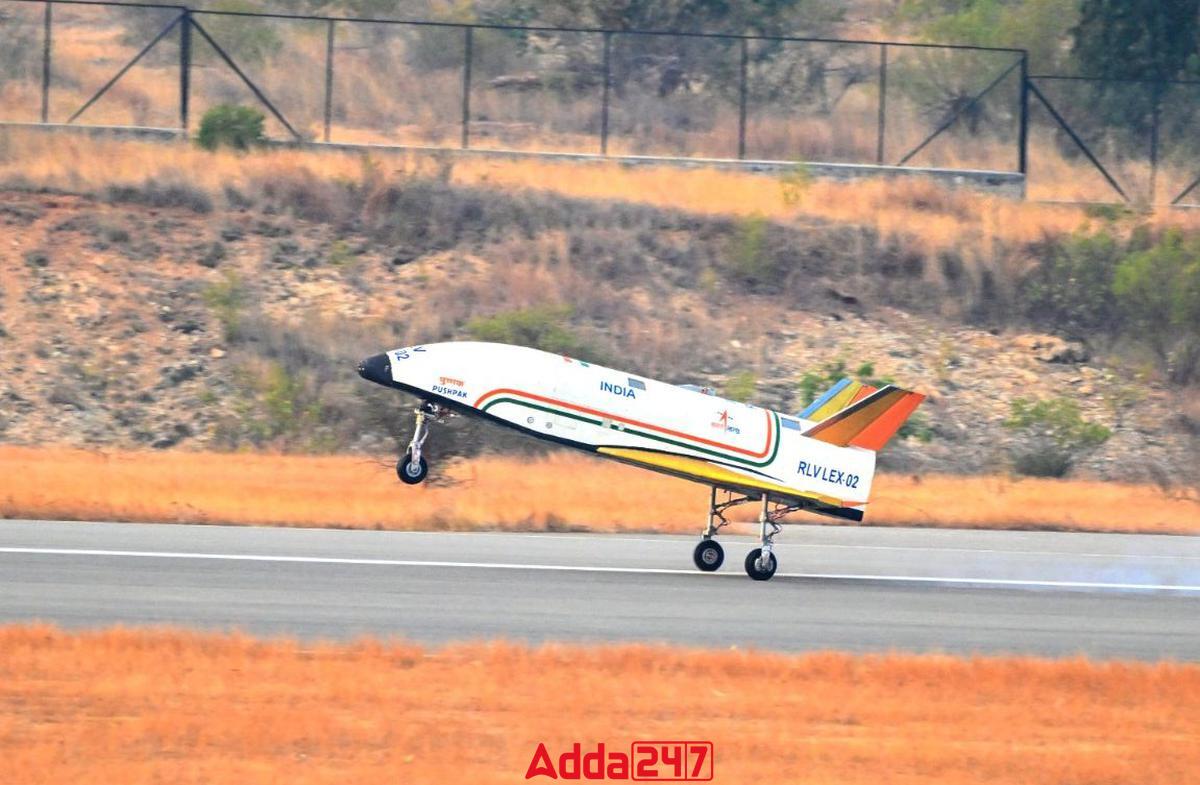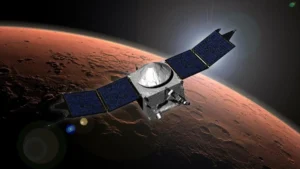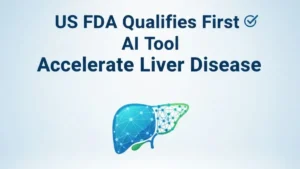The Indian Space Research Organisation (ISRO) has achieved a significant milestone with the successful landing of Pushpak, India’s first Reusable Launch Vehicle (RLV), during the RLV-LEX-02 landing experiment at the Aeronautical Test Range in Chitradurga on March 22, 2024. This accomplishment marks a continuation of ISRO’s success in space exploration and technology advancement.
RLV-LEX-02 Experiment Details
Autonomous Landing Showcase:
- The RLV-LEX-02 experiment demonstrated the autonomous landing capabilities of Pushpak from non-standard initial conditions upon release from a helicopter, showcasing its advanced technology.
Challenging Maneuvers:
- Pushpak underwent challenging maneuvers, correcting both cross-range and downrange dispersions to autonomously land on the runway, highlighting its adaptability and precision.
Helicopter Release:
- An Indian Air Force helicopter lifted Pushpak to an altitude of 4.5 km before releasing it, initiating the autonomous navigation towards the runway.
Autonomous Navigation:
- Pushpak autonomously navigated towards the runway, making cross-range corrections, showcasing its ability to adapt to dynamic conditions and navigate accurately.
Precise Landing:
- Utilizing its brake parachute, landing gear brakes, and nose wheel steering system, Pushpak executed a precise landing on the runway and came to a complete stop, demonstrating its efficiency and control mechanisms.
Technological Achievements
Simulation of Space Return Conditions:
- ISRO’s RLV-LEX-02 mission successfully simulated the approach and high-speed landing conditions of an RLV returning from space, validating essential technologies including navigation, control systems, landing gear, and deceleration systems.
Technology Revalidation:
- The winged body and all flight systems utilized in the RLV-LEX-01 mission were reused in the RLV-LEX-02 mission after proper certification and approvals, demonstrating ISRO’s commitment to efficiency and sustainability in space exploration.




 NASA Loses Contact with MAVEN Spacecraft...
NASA Loses Contact with MAVEN Spacecraft...
 US FDA Qualifies First AI Tool to Accele...
US FDA Qualifies First AI Tool to Accele...
 11th India International Science Festiva...
11th India International Science Festiva...







